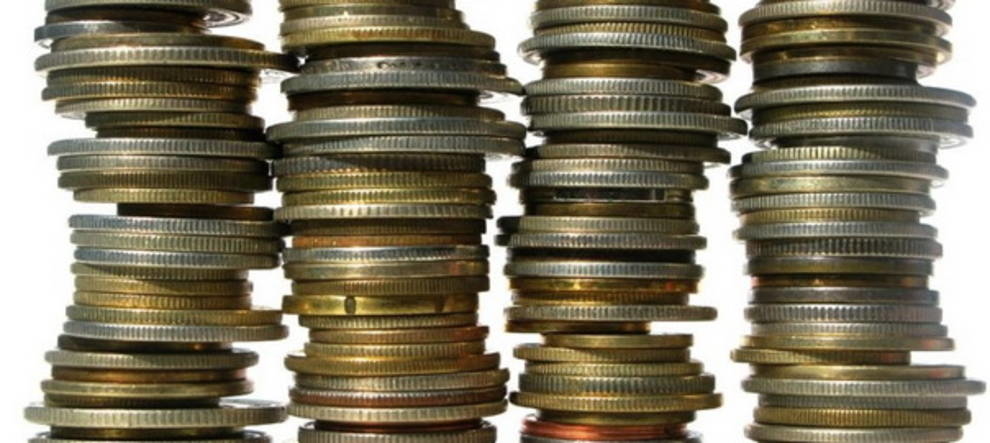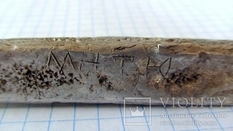
Monetary round: what, why and how?

Photo © ru.wikipedia.org
Have you ever wondered why ribbed coins? Let's start with what a herd is.
The edge or welt is the edge of a coin, coin-like token, medal, and so on. There are unformed and decorated herds.
If with unformed everything is less or less clear, then decorated herds appeared to protect coins from damage and falsification.
Fraudsters in the past often sawed off or cut off the edges of the coins. According to the issued herd, it was possible to determine where and how they tried to “pinch off” a piece of metal from the coin. In addition, the fake of such a herd was very laborious.
At first, the backing on all coins was unformed or smooth. But at the beginning of the XVI century in Europe there were machines for applying patterns to the edge. By the second half of the 16th century, detachable rings were invented for inscription on the edge. The first group of inscriptions appeared on French gold ecu in 1577.
There are two main ways of obtaining a decorated herd - chasing in a ring and using a sheeting machine.
The most common types of decorated herd:

Photo © ru.wikipedia.org
Smooth

Photo © ru.wikipedia.org
With a cut along the entire length of the herd

Photo © ru.wikipedia.org
Fluted

Photo © ru.wikipedia.org
Intermittently ribbed

Photo © ru.wikipedia.org
With oblique serifs

Photo © ru.wikipedia.org
With an inscription

Photo © ru.wikipedia.org
Reticulate

Photo © ru.wikipedia.org
With pattern

Photo © ru.wikipedia.org
With a combination of several types


